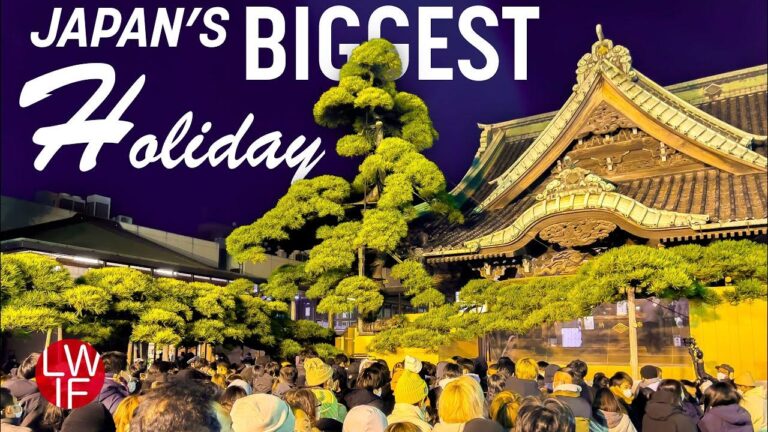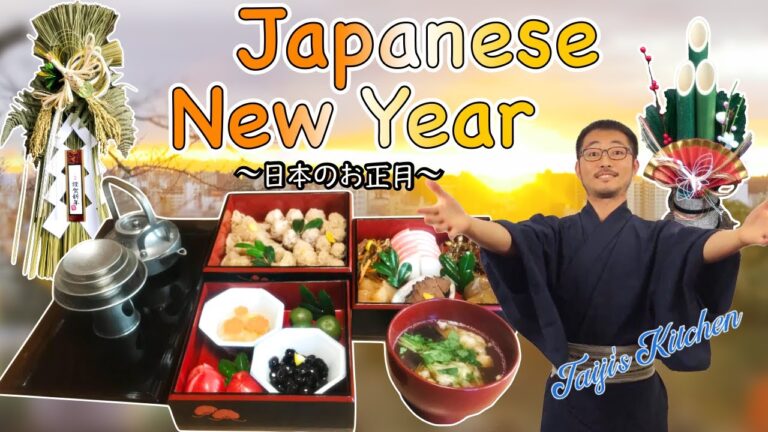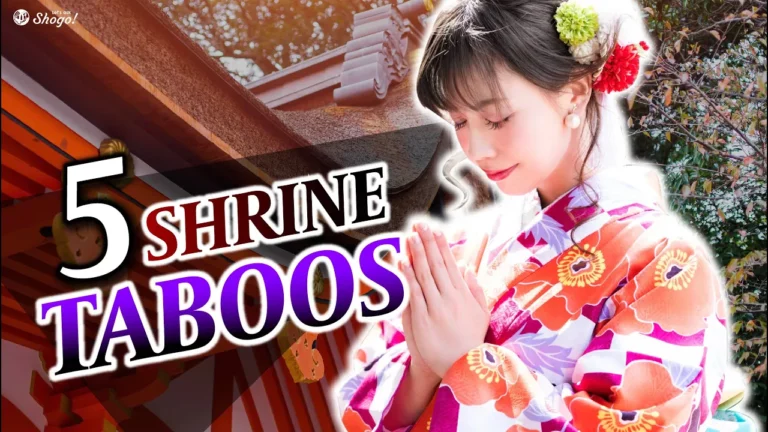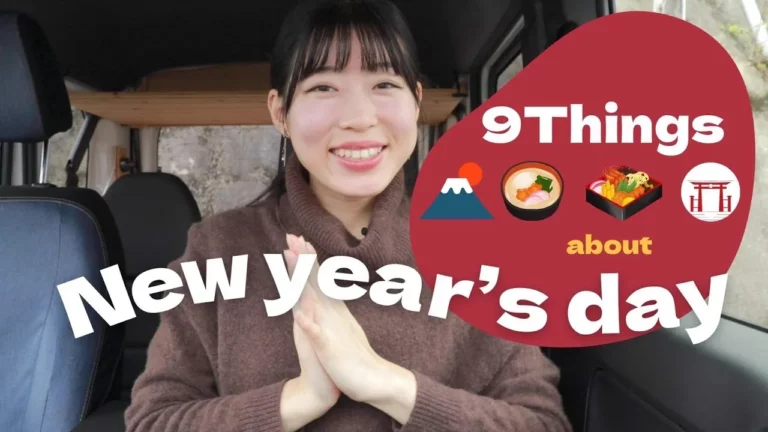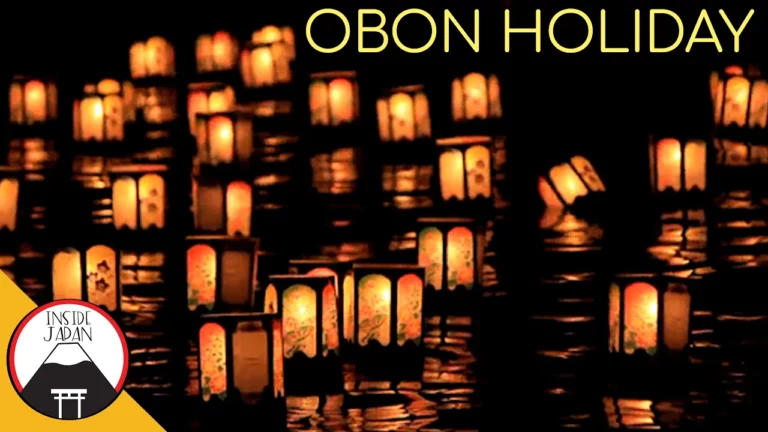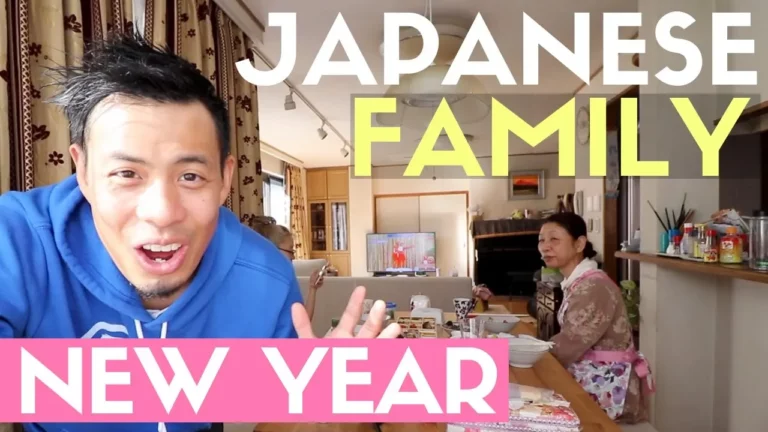The New Year, known as Oshogatsu in Japan, is a time of rich traditions and celebrations that hold deep cultural significance. Unlike Christmas, which is not a major holiday in Japan, Oshogatsu marks a period of rest and festivity, with 1 to 2 weeks of vacation for many.
One of the most iconic symbols of the Japanese New Year is mochi, a sticky rice cake. During this time, families often decorate with kagami mochi, a stack of two mochi cakes with a daidai orange or mikan placed on top, symbolizing a traditional offering to the Shinto gods. Many families even make their own mochi for this purpose.
On New Year’s morning, it is customary to enjoy zouni, a mochi soup, and osechi, a collection of small portions of various foods, each representing good luck for the coming year. Families typically spend this holiday together, sharing meals and visiting shrines and temples to offer prayers.
Visiting shrines and temples on New Year’s Day is a common practice, with some larger shrines hosting small festivals with stalls outside. However, the popularity of these sites can lead to long lines, as seen by the author’s experience at a particularly busy shrine.
In addition to traditional customs, the Japanese New Year also includes modern elements of entertainment, such as watching special television programs featuring famous personalities engaging in amusing activities. The author highlights the enjoyment of visiting relatives, indulging in delicious feasts like sukiyaki, sushi, and fried foods, and participating in the tradition of sending nengajou, special postcards with lottery numbers that offer a chance to win prizes.
Furthermore, children in Japan receive Otoshidama, money given to them by relatives during the New Year. This tradition adds an element of excitement for the younger generation, who often look forward to receiving these monetary gifts.
As the New Year festivities come to a close, the spirit of unity, tradition, and hope for good fortune carries on, reflecting the rich cultural tapestry of Japan’s Oshogatsu celebrations.



